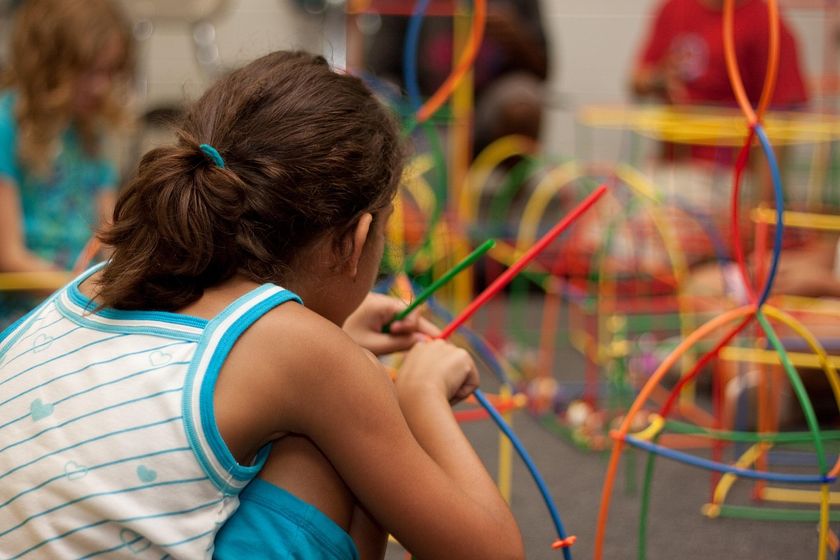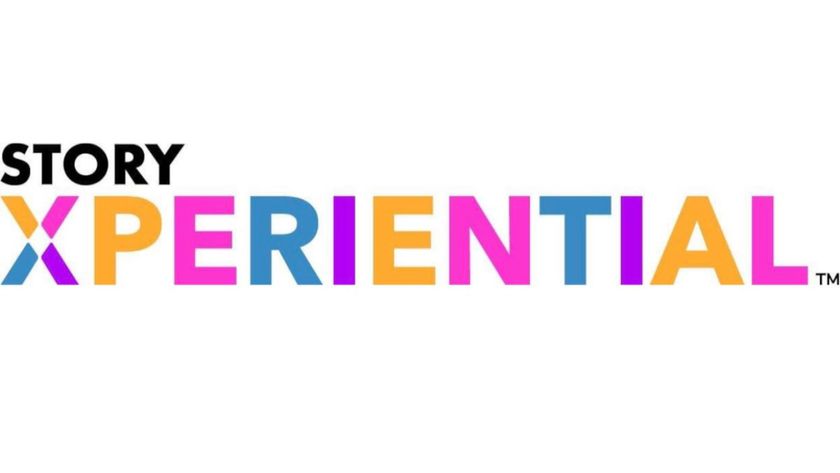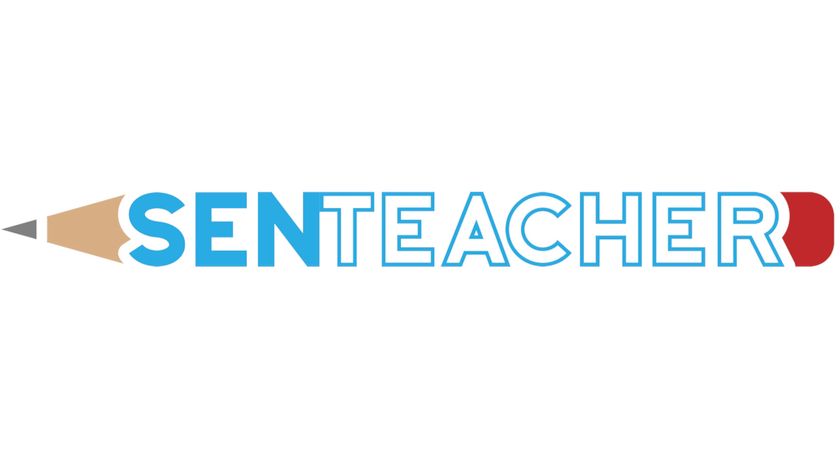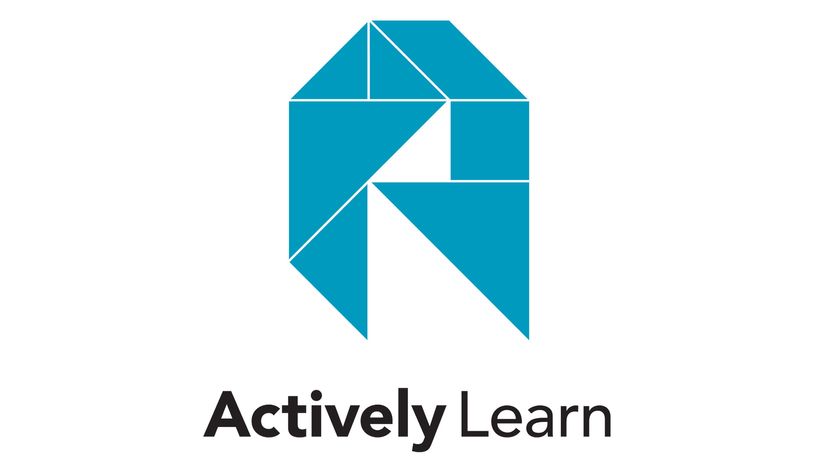Classroom Engagement: 4 Tips From Students for Teachers
Four students share their advice for teachers looking to create more engaging and impactful classes.
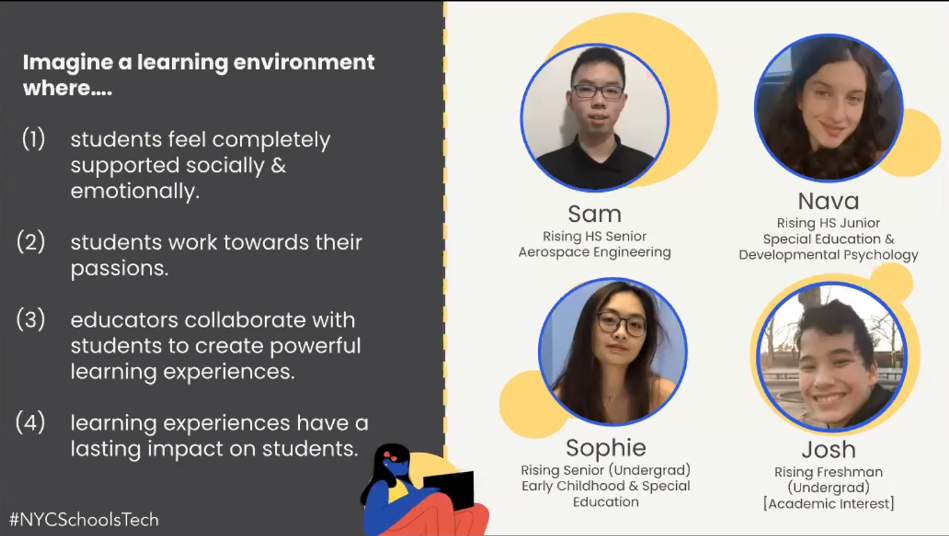
Just like teachers, students have experienced a shift in attitudes and expectations regarding education during the past year-and-a-half of pandemic-disrupted school. They’ve seen what works for them and their learning preferences as well as what works for their classmates. Listening to what they think can help provide educators with key insight regarding classroom engagement.
During the recent NYCSchools Tech Summit (watch free on demand here), four students who were either current New York City high school students or recent graduates shared their thoughts and advice for educators.
1. Create Educational Spaces In Which Students Feel Supported Socially & Emotionally
Haojing Huang, a senior at Brooklyn Technical High School, said educators should strive to create an environment in which everyone feels able to share their feelings and concerns. “Teachers can initiate this by sending out surveys every so often checking in on everyone’s social and emotional wellbeing,” Huang said. “Personally, these surveys make me stop and reflect on my mental state, and they can give a teacher an idea of how well everyone is doing, like if the material is going too fast, or it's too much, or if they're stressed, out or if they're behind.”
“I feel that we need educators to shift from being leaders to being guides for students on their own educational journeys,” said Josh Stern, a freshman at New York University majoring in education studies. “Interpersonal connections are especially important this school year as we begin to guide students back into traditional learning environments. So I would encourage educators to bring trauma-informed practices into their classrooms as well this fall. We've been through a year of tremendous personal growth but also tremendous loss and tremendous change, and I think it's important that we account for that as we welcome students back into a more traditional environment.”
2. Let Students Drive Their Own Education
Sophia Liu, a senior at New York University, said educators should not be afraid to let students make mistakes on their own. “I feel that a lot of educators like to keep themselves in their comfort zone and not let students explore different materials or technology when they introduce them to the class,” said Liu, who is majoring in early childhood education and special education. “I feel like this takes away the opportunity for students to kind of discover and explore on their own and find their own passion.”
She added, “Every time educators introduce a new technology or new manipulatives to students, they should give them some time to freely explore the materials as long as it is safe, of course.”
Nava Bahrampour, a junior at Bard High School Early College Queens, said learning spaces should celebrate all student strengths, not just strengths that relate to conventional subjects, majors, and fields. “For example, occupational and trade interests or artistic interest should be seen as equally valuable. Every single student has a valuable story to tell and a role to play in society,” she said. “Educators really should be willing to change their ways and methods to accommodate their students who are still learning and growing rather than students having to adhere to a really strict set of rules and standards.”
Tech & Learning Newsletter
Tools and ideas to transform education. Sign up below.
3. Collaborate With Students to Form Relationships and Enhance Learning
“I believe in really strong one-on-one connections between teachers and students,” Bahrampour says. “Knowing and really trusting your educator to believe in you, challenge and encourage you, is probably the most valuable part of going to school and being a student. That's why I think that small classes are super valuable. No matter someone's neurological wiring or their academic or social level, one thing that every single student needs is a mentor who knows them on a professional but also a personal level.”
Instead of standard-but-often-boring powerpoint presentations, Huang urges teachers to explore more engaging educational tools, such as games related to their course material. While he says this process can start with teachers looking for tools on their own, they should consider forming an after-school committee that tests out these tools and offers feedback.
Students can also help informally. “Students are always looking for tools and apps online to make their homework more interesting or fun,” Huang says. “They might already have many great tools in mind that they can share with the rest of the class.”
4. Connect Students With Practical, Real-World Learning Experiences
“In my experience, students do best with learning that is practical,” Stern said. He advised educators to think about ways in which they can partner with institutions and companies to create more practical learning opportunities for students. “For example, when teaching coding, how can we leverage a partner like Apple who has these tools such as a coding playground already in existence to power these practical learnings?” he said.
Liu said educators also have an opportunity to partner with classrooms outside the local area. “Think about how to connect with other educators around the world to see if there are chances where you can work together and come together to practice, either languages or share ideas together,” she said. “With edtech this is definitely possible, and I can't wait to see it happening in classrooms of all grade levels.”
Erik Ofgang is a Tech & Learning contributor. A journalist, author and educator, his work has appeared in The New York Times, the Washington Post, the Smithsonian, The Atlantic, and Associated Press. He currently teaches at Western Connecticut State University’s MFA program. While a staff writer at Connecticut Magazine he won a Society of Professional Journalism Award for his education reporting. He is interested in how humans learn and how technology can make that more effective.


